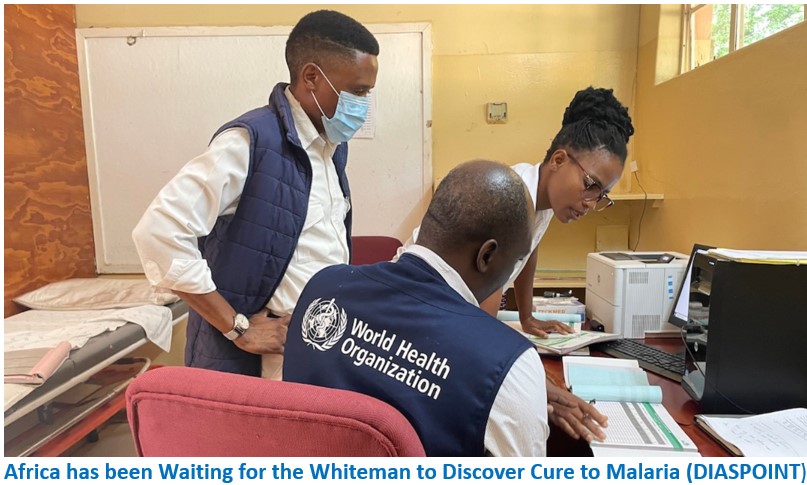WHO says, it’s Inching closer to malaria elimination
Post By Diaspoint | September 9, 2023

When Obolokamang Mahupe’s son began experiencing flu symptoms, which then worsened, it was the lessons she had learnt from the malaria response team visiting her village of Kaxwi, in Botswana’s Okavango District, that helped her recognize the symptoms and seek immediate medical assistance.
Despite significant COVID-19 pandemic-related challenges, Botswana has made notable strides against malaria, achieving a 40% reduction in cases over the past 11 years. In Okavango District, which has the highest malaria incidence in the country, the total number of cases has reduced from 1193 in 2016/17, to just 198 in 2022/23.
In 2020, Botswana committed to the World Health Organization (WHO)-led Malaria Elimination 2025 initiative, in which 25 countries with the potential to eliminate malaria by 2025 are receiving specialized support and technical guidance from the Organization. In Botswana, WHO has supported the elimination process by conducting a review of the malaria programme and supporting the development of the new strategic plan and related normative guidance.
In 2021, the country recorded a 93% reduction in malaria cases. This achievement resulted directly from ongoing intensified efforts to ensure access to evidence-based, targeted interventions aimed at interrupting malaria transmission, as well as eliminating the malaria parasite from the population.
“With the support of partners such as WHO, we have tackled the threat with a combination of improved surveillance and case management, combined with community engagement and concerted vector control, including Indoor Residual Spraying (IRS)” says the senior consultant in charge of primary health care at Botswana’s Ministry of Health, Dr Malebogo Kebabonye.
Okavango, with 198 malaria cases, recorded almost three times the number recorded by the neighbouring district, Ngami, during the current transmission season 2022/23. The population in this area depends on cattle rearing in cattle posts, fishing in the delta and subsistence growing of crops in fields, normally a distance from their villages. They build temporary accommodation structures which, at times are not suitable for indoor residual spraying. Given the climatic conditions and hot temperatures, villagers also spend a lot of evenings and often sleep outside, presenting a risk in continuing malaria transmission. Therefore IRS activities for 2022 reached 59%, short of the 84% target, but a good result given the district’s constraints.
Read More from original source
